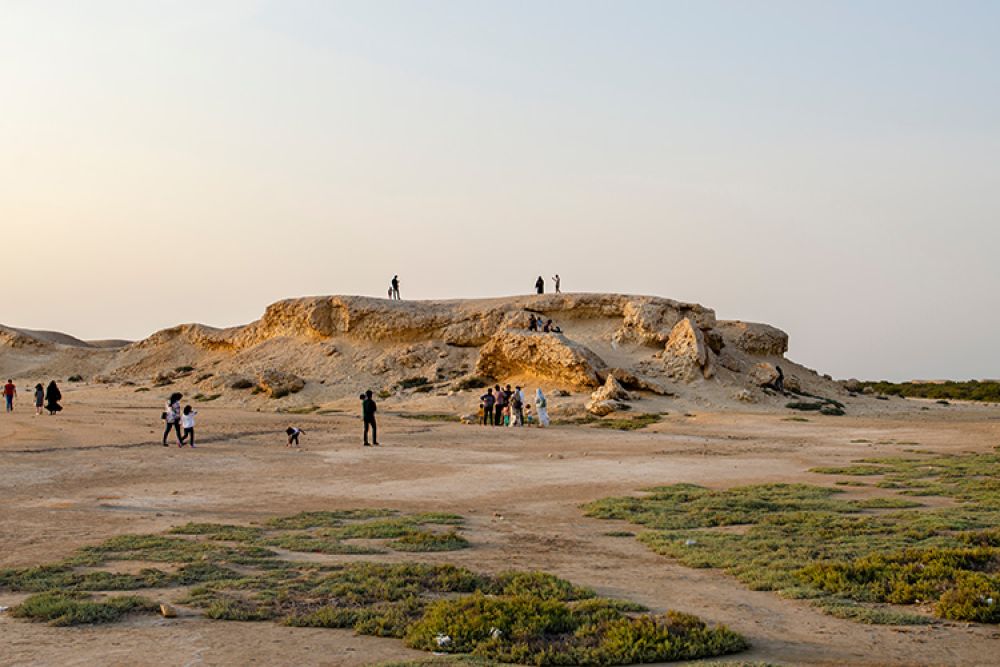

Al Khor Island, also known as Purple Island, is nestled within the municipality of Madinat ash Shamal in the northern region of Qatar. This small island has a rich history that has intertwined with the cultural and economic development of the nation.
Historically, Qatar's tourism industry was not at the forefront of its economic activities. The country primarily relied on fishing and pearl diving, with Al Khor Island playing a significant role due to its marine resources. However, with the discovery of oil, Qatar's economic focus shifted. It wasn't until much later, towards the end of the 20th century, that tourism began to take form as a part of the nation's diversification efforts.
Al Khor Island was originally known for its archaeological significance, having been an ancient site of commerce and trade. Excavations have unearthed evidence of habitation and pottery dating back to the 2nd millennium BC. These findings captured the curiosity of visitors, laying the groundwork for what would become part of Qatar's cultural tourism.
In recent years, Qatar has made substantial investments in its tourism sector, promoting itself as a luxury destination with a blend of modernity and tradition. Al Khor Island has gained popularity among local and international tourists who are drawn to its natural beauty and historical significance.
The latest trends in tourism on Al Khor Island include:
The future of tourism in Al Khor Island looks bright, with the Qatari government focusing on developing sustainable tourism that respects both the environment and cultural heritage. With the upcoming global events such as the FIFA World Cup 2022, tourism infrastructure is rapidly improving, making destinations like Al Khor Island more accessible and equipped to handle an influx of visitors.
As a result, Al Khor Island is poised to become an even more sought-after destination for tourists seeking a unique combination of history, culture, and nature in the heart of the Middle East.